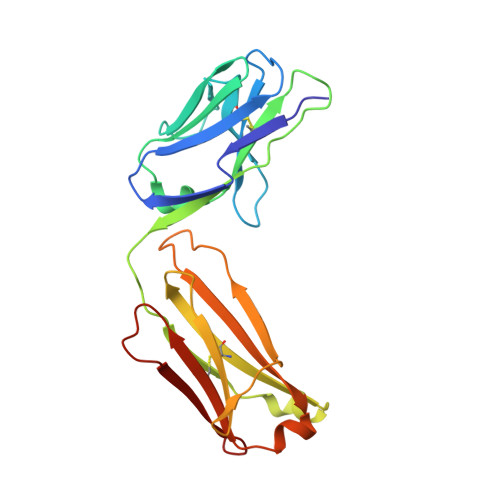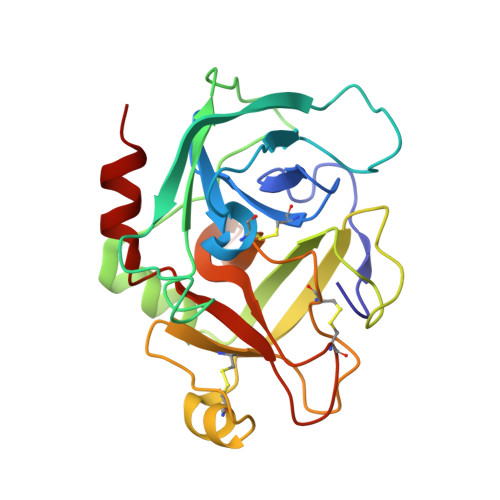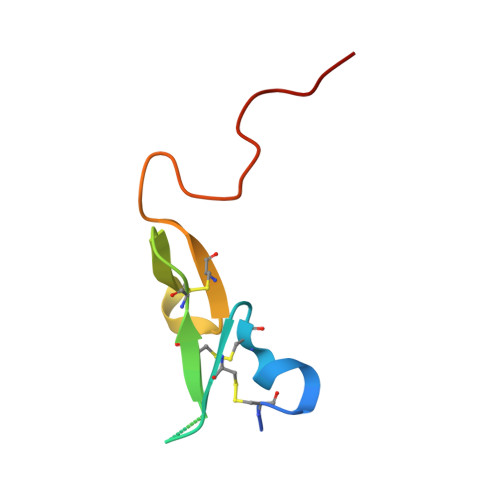Computational design of N-linked glycans for high throughput epitope profiling.
Greisen, P.J., Yi, L., Zhou, R., Zhou, J., Johansson, E., Dong, T., Liu, H., Johnsen, L.B., Lund, S., Svensson, L.A., Zhu, H., Thomas, N., Yang, Z., Ostergaard, H.(2023) Protein Sci 32: e4726-e4726
- PubMed: 37421602
- DOI: https://doi.org/10.1002/pro.4726
- Primary Citation of Related Structures:
8OL9 - PubMed Abstract:
Efficient identification of epitopes is crucial for drug discovery and design as it enables the selection of optimal epitopes, expansion of lead antibody diversity, and verification of binding interface. Although high-resolution low throughput methods like x-ray crystallography can determine epitopes or protein-protein interactions accurately, they are time-consuming and can only be applied to a limited number of complexes. To overcome these limitations, we have developed a rapid computational method that incorporates N-linked glycans to mask epitopes or protein interaction surfaces, thereby providing a mapping of these regions. Using human coagulation factor IXa (fIXa) as a model system, we computationally screened 158 positions and expressed 98 variants to test experimentally for epitope mapping. We were able to delineate epitopes rapidly and reliably through the insertion of N-linked glycans that efficiently disrupted binding in a site-selective manner. To validate the efficacy of our method, we conducted ELISA experiments and high-throughput yeast surface display assays. Furthermore, x-ray crystallography was employed to verify the results, thereby recapitulating through the method of N-linked glycans a coarse-grained mapping of the epitope.
Organizational Affiliation:
Digital Science and Innovation, Novo Nordisk A/S, Seattle, USA.





















